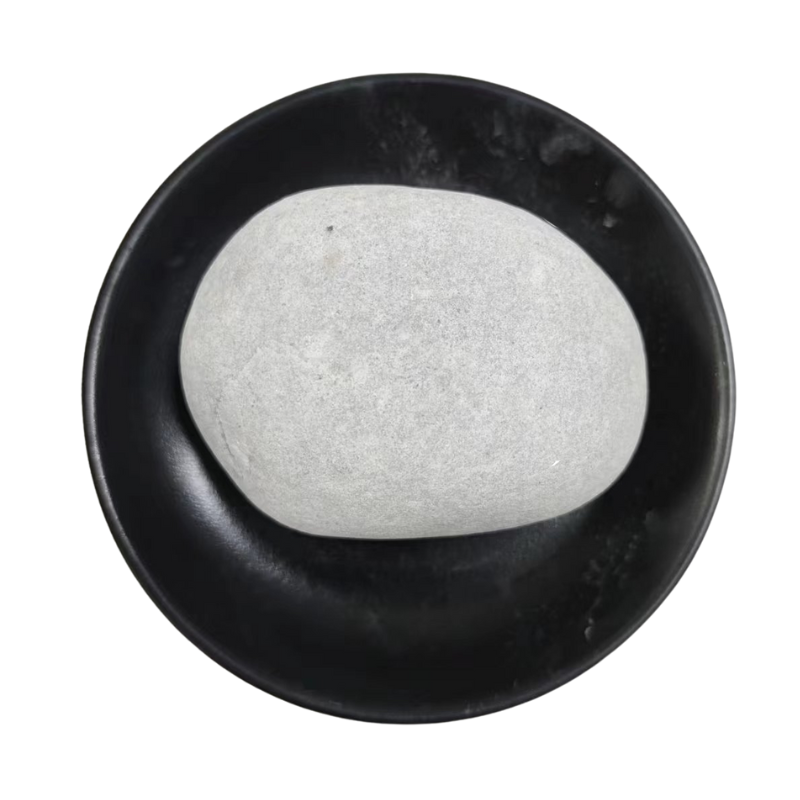
Utilizing Fly Ash in Sustainable Construction Practices for Enhanced Environmental Benefits
The Role of Fly Ash in Sustainable Construction
Fly ash, a byproduct of coal combustion in power plants, has emerged as a vital material in the field of sustainable construction. As the world grapples with the challenges of climate change and resource depletion, the incorporation of industrial byproducts like fly ash into construction practices offers a promising pathway to more environmentally friendly building solutions.
What is Fly Ash?
Fly ash is a fine powdered material that is composed mainly of silica, alumina, and iron. When coal is burned to produce electricity, fly ash is carried away from the combustion chamber by flue gases. It is collected by pollution control devices and can be processed for use in various applications, including concrete production, soil stabilization, and road construction. Its unique properties make it an ideal candidate for enhancing the performance of construction materials.
Benefits of Using Fly Ash in Construction
1. Environmental Impact One of the most significant advantages of using fly ash is its potential to reduce the carbon footprint associated with cement production. Conventional Portland cement production is highly energy-intensive and contributes to considerable carbon dioxide emissions. By replacing a portion of cement with fly ash in concrete mixtures, the overall carbon emissions can be reduced, thus making a positive impact on climate change.
2. Improved Concrete Performance Fly ash enhances the durability and workability of concrete. The spherical shape of fly ash particles aids in improving the flow and reducing the water required for mixing, leading to stronger and more durable concrete. Additionally, fly ash contributes to the resistance of concrete to alkali-silica reaction, which can cause expansion and cracking.
3. Economic Advantages The use of fly ash can lower material costs for construction projects. As fly ash is a byproduct, it is often less expensive than virgin materials. This cost-effectiveness can lead to significant savings, particularly in large-scale construction projects.
4. Waste Management Utilizing fly ash in construction helps divert this waste material from landfills, thus reducing the environmental burden of waste disposal. It provides an effective solution for managing industrial byproducts while also promoting a circular economy.
fly ash c

5. Resource Conservation By substituting fly ash for conventional materials, the extraction of natural resources such as limestone for cement is reduced. This conservation of natural materials is essential for sustainable development, as it helps preserve ecosystems and biodiversity.
Challenges in Fly Ash Application
Despite its many benefits, there are challenges to the widespread adoption of fly ash in construction. Variability in the chemical composition and characteristics of fly ash can affect performance, requiring careful testing and quality control. Moreover, the perception of fly ash as a waste product may hinder its acceptance in the construction industry.
The Future of Fly Ash in Sustainable Building
The future of fly ash in sustainable construction looks promising, particularly as more construction professionals recognize the importance of eco-friendly practices. Innovations in technology and materials science are paving the way for improved processes and formulations that enhance the properties of fly ash for various applications.
Governments and regulatory bodies are also increasingly encouraging the use of recycled materials in construction through incentives and guidelines, further supporting the integration of fly ash into building practices. As public awareness of the environmental impact of construction continues to rise, the demand for sustainable materials like fly ash is likely to grow.
Conclusion
Fly ash represents a valuable opportunity in the quest for sustainable construction solutions. By converting waste into a functional building material, we not only reduce environmental impact but also enhance the performance and durability of concrete structures. As the construction industry continues to evolve, embracing materials like fly ash will be crucial in achieving more sustainable and eco-friendly building practices for the future. Encouraging further research and development in this area can lead to even greater advancements, making fly ash an essential component of modern construction.
Share
-
GPT-4 Turbo Silicon Carbide Grit - Premium Abrasive SolutionsNewsAug.04,2025
-
Premium Glass Sand Solutions | High Purity SupplyNewsAug.03,2025
-
Premium Talcum Powder Enhanced with GPT-4 Turbo | Soft & Long-LastingNewsAug.02,2025
-
Fly Ash Solutions Enhanced by GPT-4 Turbo | Sustainable InnovationNewsAug.01,2025
-
Natural Premium Bentonite Cat Litter - Superior ClumpingNewsJul.31,2025
-
Premium Resin Coated Sand - High Heat Resistance CastingNewsJul.31,2025






